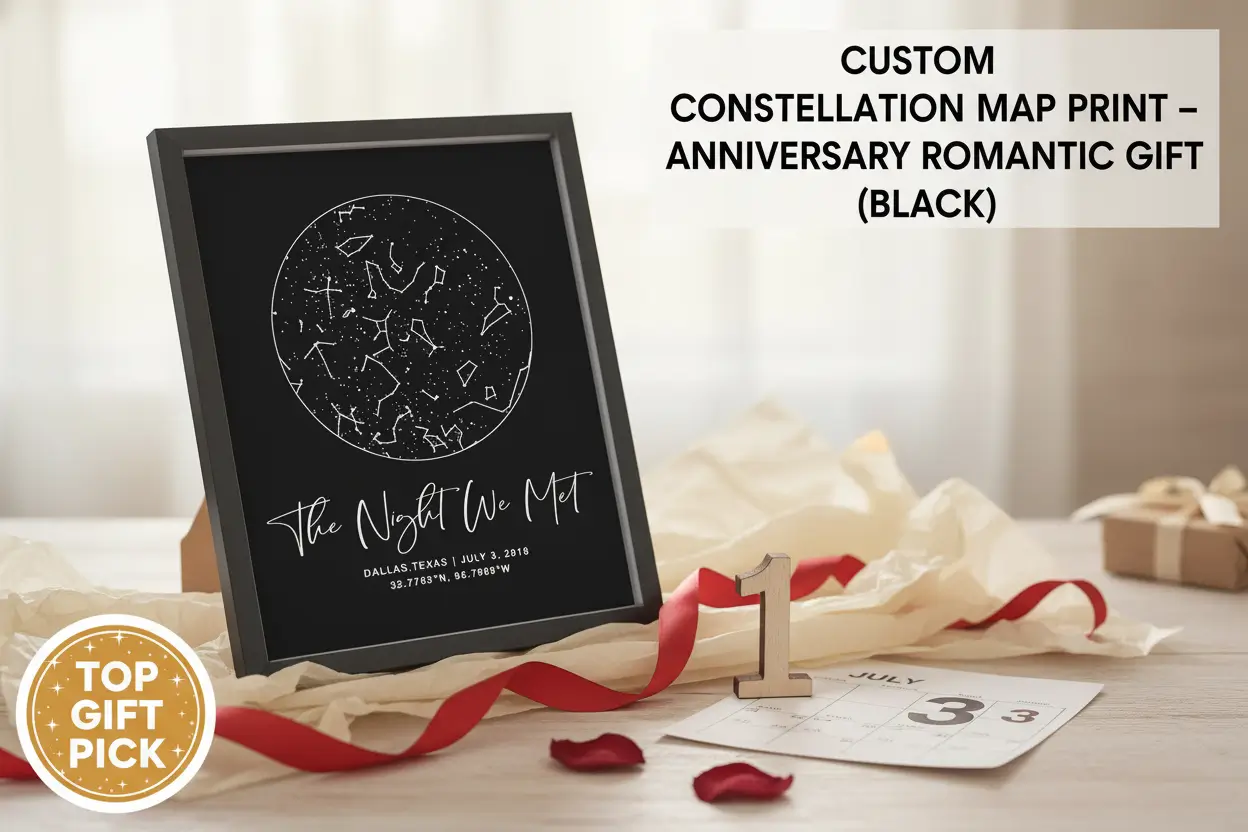Exploring the Flavors of India: A Culinary Journey
India—the mere mention ignites a clash of vibrant colors, a cacophony of sounds, and an orchestra of flavors swirling around an age-old tradition that dances between the sacred and the everyday. Imagine diving into a culinary wonderland where the spice market is a world unto itself, offering a dizzying array of aromas that tell stories as old as civilization. This is not just food; it’s culture, history, and legacy served on a plate.
The story of Indian cuisine stretches back over 8,000 years, weaving through the tapestry of trade, migration, and conquest, creating a rich and diverse culinary landscape that has mesmerized the taste buds of travelers and gourmets alike. The culinary journey through this majestic land reveals flavors that are bold, textures that are tantalizing, and dishes that are works of art.
History and Influences
Let’s unravel the layers of Indian culinary history. It’s a fusion forged through the fires of history, where every spice, every dish bears witness to the melting pot of influences that have graced its shores. Buddhism and Jainism laid the foundations for vegetarian ethics, with around 31% of Indians embracing a vegetarian lifestyle, giving birth to an expansive realm of plant-based dishes.
Now, consider the Columbian Exchange—the arrival of ingredients that turned traditional recipes on their heads. Potatoes, tomatoes, and chilies became household staples, electrifying the Indian palate. Each spice crafted by the hands of merchants along the ancient trade routes was more than seasoning; it was a key to open the door to diverse culinary experiences, craving for understanding, acceptance, and discovery.
The Spice Trade: Legacy of Flavors
The spices were not mere commodities; they were stories aged in salt, serpents in disguise that made history dance. The tales tell of bustling ports, navigators quoting the stars, and merchants craving the wealth that lay in the vibrant allure of saffron, cumin, and turmeric. The cliffs of time hold secrets only the spices can whisper, where the Age of Discovery was kindled by the burning desire for India’s hidden flavors.
Regional Cuisines
No exploration of Indian food is complete without an understanding of its immense regional diversity. The culinary traditions across India vary as much as its geographical landscapes, with each region reflecting the socio-cultural vibrancy it embodies.
North Indian Cuisine
Let’s venture north. North Indian cuisine is a veritable symphony of flavors, where richness reigns supreme. Creamy gravies dance alongside tandoor-crafted breads; here, Butter Chicken (Murgh Makhani) gleams like a jewel upon the platter. Imagine the marinated chicken bathed in a luscious tomato sauce—its aroma wrapping around you like a warm embrace.
Look closer—samosas, filled with spiced potatoes, whisper secrets of family gatherings, shared laughter, and bustling streets. Biryani, layered and fragrant, invites you to unravel its depths, each bite telling the story of saffron’s journey from the fields of Kashmir, vibrating with life. A sprinkle of garam masala and a dollop of yogurt bring balance—sweet, spicy, and utterly inviting.
South Indian Cuisine
Now, let’s drift south, where the monsoon kisses the rice paddies with a gentle sigh. South Indian cuisine is a testimony to simplicity and subtlety, focusing on rice as the heart of the meal. Here lies Dosa, a crispy, fermented crepe served alongside sambar that teases the tongue with its tangy allure.
Sample the soft Idli, a pillowy steamed rice cake, transporting you to a leisurely breakfast table, while the distinct taste of coconut creeps into your senses. As the sun beats down, you savor a bowl of Rasam, its warmth radiating like the vibrant midday sun, refreshing and comforting all at once.
East Indian Cuisine
Traveling eastwards, you find yourself surrounded by verdant rice fields and the shimmering waters of the Bay of Bengal. East Indian cuisine is distinct, with an emphasis on seafood and rice. One can’t resist the allure of Machher Jhol, a fish curry steeped in mustard oil, drawing on flavors that are deep and nostalgic, echoing the tides of ancient fishing traditions.
Follow that with Pakhala Bhat, fermented rice that hums with life—a dish that connects generations with whispers of home cooked meals. Here, food is more than sustenance; it embodies a spiritual connection to the land, a celebration of what the earth provides.
West Indian Cuisine
As we journey west, the spice descends with a renewed fervor. West Indian cuisine embraces a wild mix of flavors, an intricate dance of sweet, spicy, and tangy. In Maharashtra, Pav Bhaji brings together a medley of vegetables roasted and mashed, accompanied by fluffy bread rolls that invite you to dive in headfirst.
Travel deeper into Goan territory, where Vindaloo—a fiery blend of vinegar and spices—sends gusts of heat cascading through your senses, while the coastal influence provides a salty kiss from the sea, fusing land and ocean into vibrant culinary masterpieces.
Key Ingredients and Spices
To understand the potential of Indian cuisine, one must familiarize oneself with its regal spices. They are the heartbeats of the kitchen, and without them, the canvas remains bare. Cumin, coriander, turmeric, and garam masala are merely the beginning. They weave stories into saffron, ginger, and garlic, in a blend that excites the senses and transports you to the heart of every meal.
Ginger-spiced teas echo in the mornings, while fresh herbs like curry leaves and cilantro dance and mingle in shimmering pots over steaming stoves. The planet’s tapestry is mirrored in every table setting, where every bite tells a story more profound than mere flavor.
Cooking Techniques
The true soul of Indian cuisine lies within the techniques that have been cherished over centuries. From tandoori cooking—where breads and marinated meats transform under the embrace of hot clay ovens—to the refined art of dum-style cooking, where slow-cooking awakens the rich aromas buried deep within spices.
Your senses awaken as you watch chefs slide naan into the oven, crisping and puffing, while the air becomes saturated with tantalizing flavors. Here, cooking is not just a task; it’s a cherished ritual, passed down through generations, each kitchen a theater where flavors perform their masterpieces.
Street Food
Ah, but we cannot forget the exhilarating world of Indian street food. It thrums with energy, a vibrant expression of culinary creativity meeting the pulse of everyday life. The charismatic vendor calls out to you, offering Pani Puri, small, crispy balls bursting with tangy water, delighting your senses like a sweet serenade.
Your palette continues to whet with the spicy love of Vada Pav, a potato fritter meeting soft bread—pure joy. Each bite of Bhel Puri offers a carnival of textures, with crisp, puffed rice singing harmoniously with spicy chutneys—each morsel is a sun-drenched memory waiting to be discovered.
Essential Dishes
The essence of Indian cuisine comes into sharp focus when considering essential dishes, both vegetarian and non-vegetarian.
Vegetarian Dishes
Look closer at Dal Makhani, where black lentils soften and meld into a creamy dream, whispering tales of warmth and comfort. Chana Masala, filled with chickpeas swimming in a spiced tomato broth, transports you to a bustling curry house. And who could resist Baingan Bharta, where smoky roasted eggplant creates a symphony of flavor, each charred note echoing the heart of India?
Non-Vegetarian Dishes
Perhaps, drift into the world of non-vegetarian marvels. The tender, marinated Butter Chicken, with its rich gravy, envelopes like a childhood memory. Chicken Tikka Masala—a cherished dish born from clever culinary dialogue—invites without pretense. Or succumb to the warmth of Rogan Josh, lamb melting under the intoxicating embrace of warming spices that will linger, dancing on your palate long after the last bite.
Tips for Exploring Indian Cuisine
Exploring this rich culinary tapestry can be as thrilling as it is confusing.
Research the Menu
Before you step into an Indian restaurant, familiarize yourself with the menu. Understanding the descriptions can elevate your dining experience, helping you navigate the nuances of spice profiles and regional specialties.
Ask for Recommendations
Speak to your server! They are your guides, eager to share the magic hidden on the menu and recommend what best suits your tastes, whether mild or adventurous.
Start with Classics
A newcomer to Indian cuisine should dive headfirst into classics like Butter Chicken or Paneer Tikka. These dishes provide a beautiful entry point into the dizzying complexity of flavors waiting to be discovered.
Inquire About Spice Levels
Indian cuisine ranges widely in spice levels. Don’t shy away from asking about the heat; a little caution can go a long way in ensuring an enjoyable meal.
Try Regional Specialties
Seek out regional specialties. They tell stories that echo cultural traditions, revealing the nuances of each locality’s cooking methods and ingredients.
Explore Vegetarian Options
Delve into the vegetarian realm—an especially rewarding endeavor in Indian dining. Many vegetarian dishes brim with flavor and creativity that will astonish even the staunchest meat lover.
Festive and Traditional Foods
Beneath the hum and bustle lies a treasure trove of festive treats crafted for celebrations—Laddus, Jalebis, and the extravagant thalis that bring families together. These traditional specialties, made with love, are seasoned with nostalgia, tying generations through the universal language of food.
Modern Interpretations and Global Influences
As the world evolves, so does Indian cuisine. A fusion of traditional roots and modern thoughts is emerging, birthing dishes that draw flavors from diverse cultures while remaining true to their essence. This culinary evolution keeps the rich tapestry alive, ever vibrant and dynamic, captivating those who yearn for authentic and new experiences alike.
Conclusion
In conclusion, venturing into Indian cuisine is like embarking on a multi-faceted adventure, an exploration rich with diverse experiences waiting to be uncovered. Each region and dish unfolds its unique narrative, tantalizing the senses and inviting reflection on the joy of every meal.
Whether you’re savoring the concrete sounds of a bustling street vendor or indulging in the hearty warmth of a homely curry, Indian food beckons with both complexity and simplicity. It is an emotional experience, a celebration of life captured in vibrant colors and bold flavors.
Stay curious, dear travelers. Your journey through the enchanting flavors of India has only just begun.
Want to stay updated on the latest travel tips? Check out our Travel Tips section: Travel Tips. Looking for lifestyle inspiration? Explore our Lifestyle category: Lifestyle. Discover amazing destinations: Destinations. You can also watch our adventures on YouTube, or follow us on Instagram and Pinterest.













